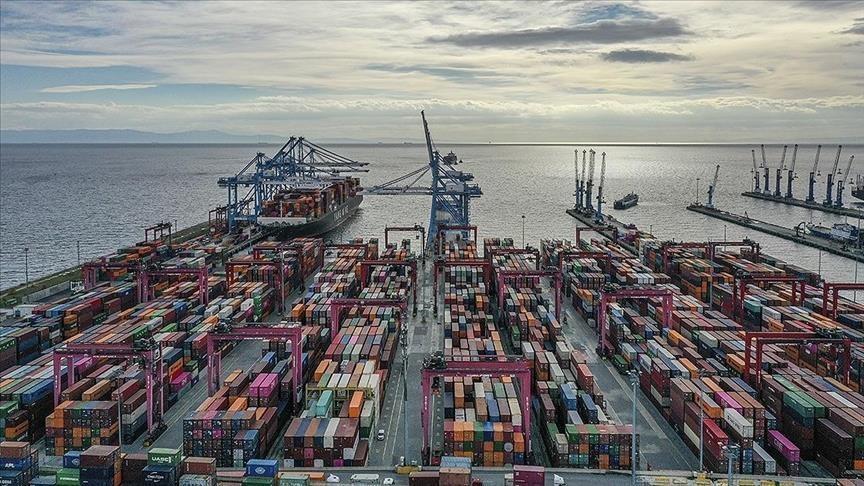Türkiye, Greece at odds over ‘kokoreç’
Yorgo KIRBAKİ- ATHENS

Türkiye and Greece are now at odds over a street food called “kokoreç” in Turkish or “kokoretsi” in Greek, as social media has been abuzz with people of both sides debating over who owns the delicacy or which version is tastier.
Titles such as “We will now fight for kokoretsi,” “Turks are trying to claim kokoretsi, after the islands” and “Turkish-Greek food wars” became the headlines circulating the Greek new sites.
Speaking to Greek Skai TV, Master Vasil, who is also known as the “Meatmakers’ Quarter” and has been cooking “kokoretsi” for years in the Vari district of Athens, said: “Kokoretsi has nothing to do with kokoreç. I have been to Istanbul and tried kokoreç. Ours is more delicious.”
“Turks only use intestines. On the other hand, we fill the intestine with liver, kidney, sweetbread and spices,” he added.
In Greece, a serving size of kokoretsi varies between 9 to 12 euros (160-250 Turkish Liras). “Cuisine” has an important place in Turkish-Greek relations. Although the materials used are different and the cooking styles vary in the cuisines of the two countries, there are many “common dishes,” such as cacık-cacik, imam bayıldı- imam baildi, köfte-keftes, and musakka-mousakas.
According to Hürriyet writer Ebru Erke, similar versions of dishes often belong to geographies that share common bonds.
“We can see similar dishes with different versions in similar geographies. It is essential to be able to own a dish, include it in your culture and promote it,” Erke said.
“After a certain point, whoever respects a food’s story, past, tradition and maintains it, that food always belongs to that culture,” she said.
“When we say street food, kokoreç is one of the top three dishes. I think whoever owns a dish more, it belongs to them. So, kokoreç is a Turkish dish,” she added.
Dr. Özge Samancı, the head of Özyeğin University’s Gastronomy and Culinary Arts Department, also commented on this topic.
“The origins of dishes known and practice in Turkish Greek cuisines today, such as kokoreç, baklava, dolma, and cacık, are based on a common historical past. A common culinary culture was formed in the geographies of today’s Türkiye and Greece, which were part of the same empire during the Ottoman period,” she said.
“For this reason, although there are differences in the cooking techniques of baklava or kokoreç, the same dishes are important for everyone in today’s national cuisines. So, kokoreç is neither a Greek nor a Turkish dish. It is the food of both geographies,” Samancı said.
“Examining the origins of food in terms of food history is a separate issue,” she added.
Samancı also conveyed that Central Asian Turkish, Middle Age Arab, Byzantine, Seljuk and long Ottoman period culinary heritages exist in today’s Turkish culinary culture.
She states that “kokoreç” is not a Turkish word and that it is derived from the Albanian dialect, meaning corncob, according to the Nişanyan dictionary.
“However, this etymological knowledge does not provide information about which geography the food belongs to,” she said.
“We do not have any information about how long the artisans who sold kelle paça, pencevüş kebab, mumbar, tripe and liver kebab in the Ottoman period have been selling kokoreç. But we come across the recipe for kokoreç in the cookbook “Ev Kadını,” which was published in Istanbul in 1883 and belongs to the Ottoman period,” she added.
















